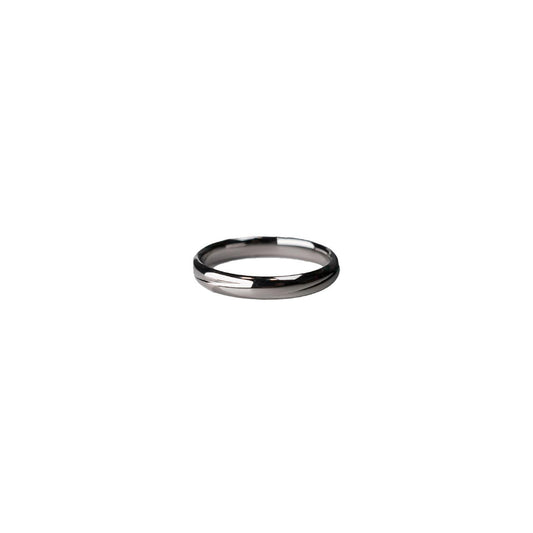Understanding the Hidden World of Diamond Specifications
Understanding the Hidden World of Diamond Specifications
The first time I truly examined a diamond was at a small, family-owned jeweler's shop tucked away in the corner of a busy city market. As the shopkeeper proudly handed me a magnifying loupe, her words came alive: "A diamond's beauty is in the details." At that moment, the phrase 'diamond specs' took on a whole new meaning. It's not just about the sparkling surface; it's an intricate blend of elements that creates its allure.
When diving into the specifics of diamonds, several key characteristics come forward: cut, color, clarity, and carat weight. Among these, the cut might be the most significant. A diamond's cut is not just its shape—whether it be round, oval, or princess—but rather how well the facets interact with light. It's about the symmetry, proportions, and polish, elements that are meticulously crafted to achieve an optimal sparkle. The difference between a good cut and an excellent one can be as profound as the subtle distinction between a gentle spring morning and a blazing summer day.
Color, or sometimes lack thereof, is another fascinating aspect of diamond specifications. Diamonds are graded on a scale from D to Z, with D being completely colorless. During a family barbecue, my aunt flashed her engagement ring—an heirloom—and reminisced about how her husband had spent weeks choosing the perfect diamond, insisting on a G color grade because "it reminded him of the pure snow where he proposed." While a D-class diamond can be stunning, G through J offer nearly colorless options at often more accessible prices, without sacrificing the elegance most seek.
Clarity is about imperfections. Or, as I like to call them, the unique fingerprint of a diamond. These natural blemishes and inclusions are inevitable since diamonds are birthed in the earth under extreme conditions. From my perspective, these tiny quirks add a human touch to each piece, a reminder that even the most prized treasures have their own subtle flaws. It’s like finding a tiny artist's signature on a masterpiece that only those who look closely can appreciate.
The weight of a diamond, measured in carats, often gets the most attention. Interestingly, the term carat hails from the carob seeds that were once used to balance scales due to their uniform weight. However, it's crucial to remember that a heavier diamond doesn't always equate to a more dazzling one. A well-cut diamond with fewer carats can sometimes sparkle more brilliantly than a larger stone. It's akin to how certain films, despite modest budgets, capture the audience's heart far better than their more lavish counterparts.
In the realm of diamonds, each specification holds a story of its own—a tale of craftsmanship and nature's wonders coming together. Just like picking the right book from a library shelf, understanding these specs can be deeply personal and immensely rewarding. Reflecting on this journey into the world of diamonds, I can't help but feel that while specs guide us, it's the emotions they evoke that truly shape our choices.


























